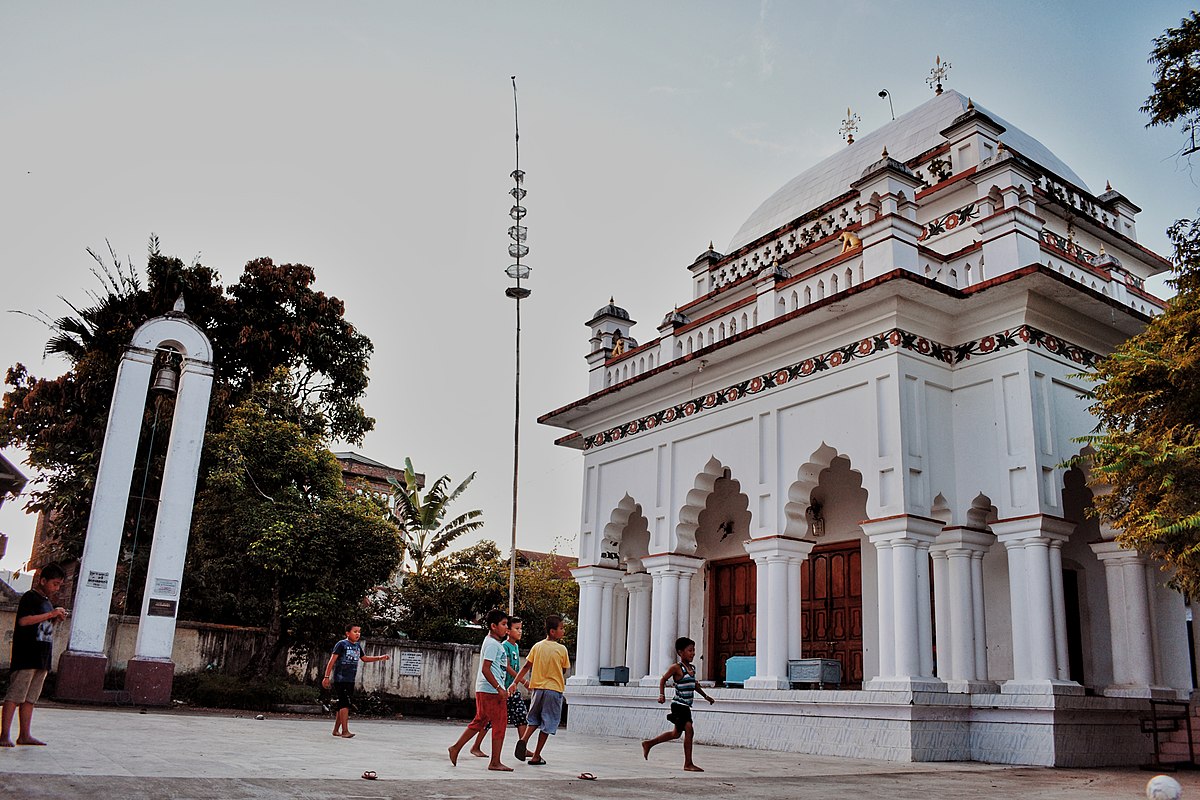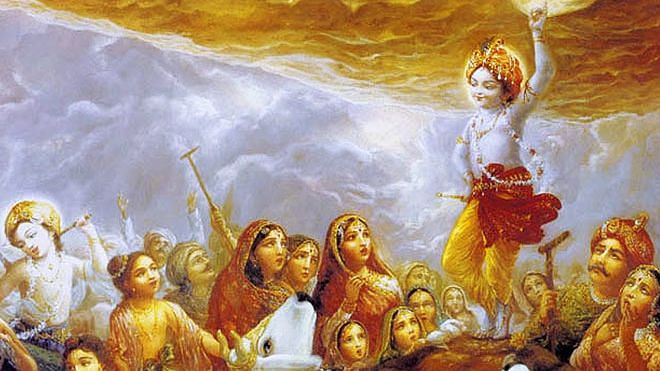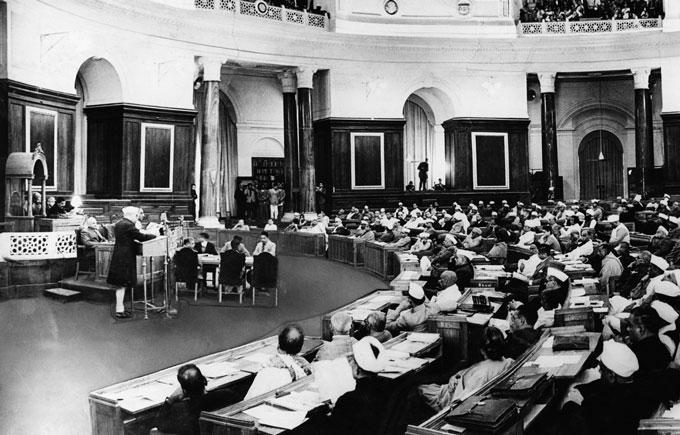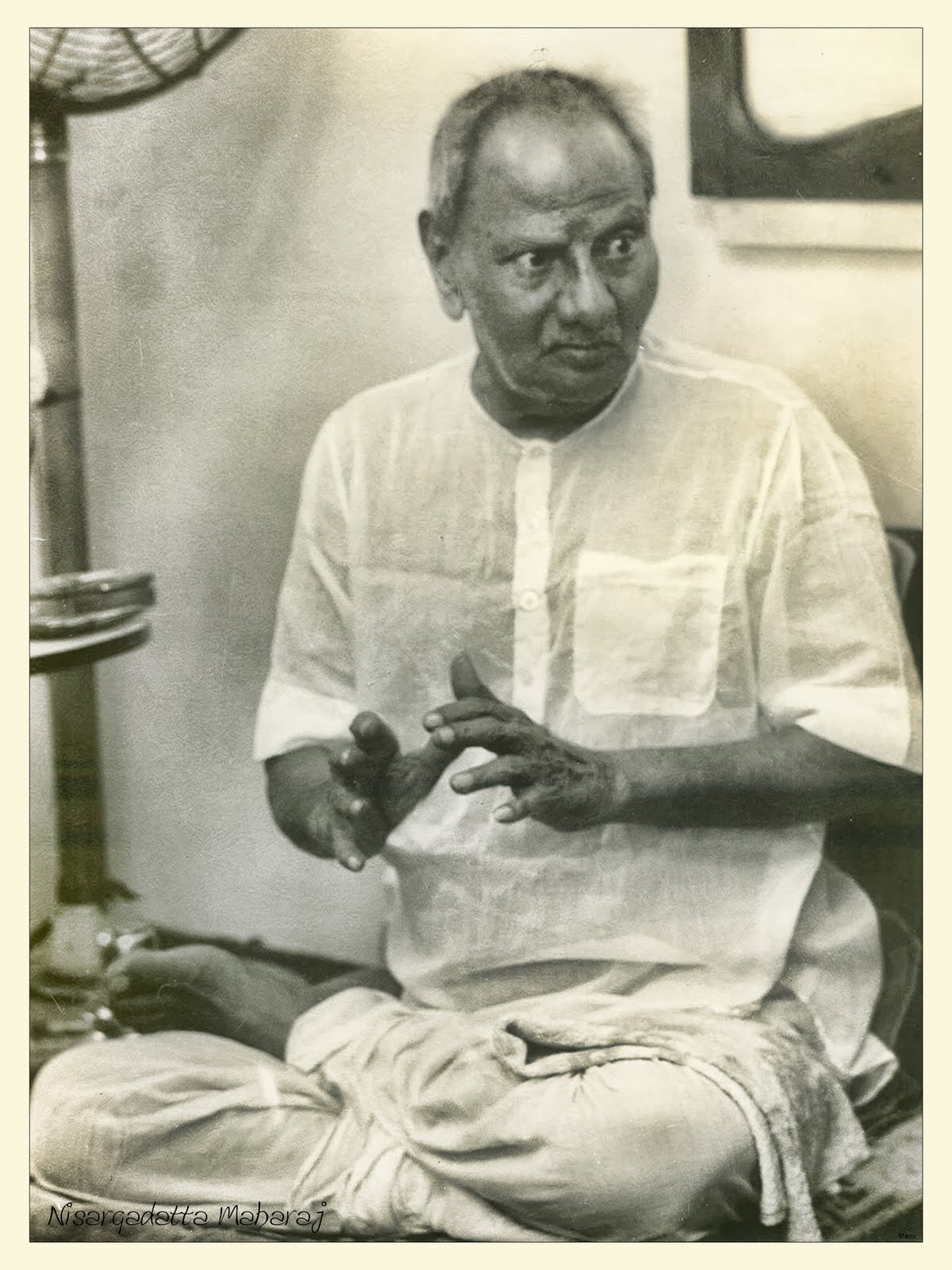- Visitor:20
- Published on:
Insurgency in Manipur: A Historical Overview
Inter and intra-community rivalries were quite commonplace in the earlier times as well, before the advent of Christianity. But, the rise of Christianity gave a new texture to these conflicts that now became intertwined with a separatist mindset informed by the logic of ‘Who is superior to whom’?

Elections to the 60-seat Manipur Legislative Assembly will be held in two phases from February 27 to March 3, 2022. The present Chief Minister of Manipur N. Biren Singh was elected on a BJP ticket in the year 2017. He inherited a Manipur that was still reeling from tensions which came to the fore during the reign of his predecessor Okram Ibobi Singh of the Congress Party. Before the coming to power of the current BJP-led Government, Manipur was reeling under enormous devastation perpetrated by different insurgent groups over the years. But, after 2017, the situation has been gradually returning to normalcy with different measures being adopted by the Government to restore peace, along with the beginning of a new mission for overall development of the state.
The present Government in Manipur is a coalition between the Bharatiya Janata Party (BJP), Naga People’s Front (NPF), and the National People’s Party (NPP). There has been a sharp decline in the number of blockades, shutdowns and other disturbances which were very frequent in the past. Biren Singh has consistently appealed to the people of the state for a broad Manipuri nationalism with the idea of bridging the gap between the hill and the valley.
On the 13th of November, 2021, in a ghastly terror incident at Singhat in Manipur’s Churachandpur district, insurgents mercilessly ambushed the family of an Indian Army Colonel of the 46 Assam Rifles, along with four personnel of the paramilitary forces. Such an attack on the family of an officer by insurgents happened after many years in the entire region, shattering tenuous pace in the Manipur hills. The real issues behind such attacks by insurgents in the North-East are not just limited to its place of occurrence, but have possible international links and multiple dimensions which need to be taken into account in order to arrive at a genuine understanding of the problems facing this region of the country.
We need to connect several dots together so as to understand the broader picture behind what we have been made to unquestioningly believe and accept so far. The anti-India, pro sub-national ideological and political positions of the insurgent outfits of the North-East have given them access to a larger South Asia network of terrorist organizations and their anti-India subversive activities, including Pakistan’s ISI and the LTTE. This crucial aspect cannot be ignored while we try to delve into the problem of drugs and arms smuggling to India from across the border with Myanmar.
For those who might already be familiar with the geo-political scenario of Manipur and its border villages, it is common knowledge that Churachandpur, the largest district in the state, has always been the hotbed of intense militancy. Each of Manipur’s nine districts has been affected, in some way or the other, by unending militant violence. But, the pattern of violence as witnessed in the hill district of Churachandpur over the years has been the most persistent and convoluted of all. On February 6, 2006, 15 BSF trainees were injured in a bomb explosion triggered by suspected United National Liberation Front (UNLF) militants at a place called Mualkawi near Churachandpur.
Planting of anti-personnel landmines and improvised explosive devices (IEDs) by insurgent groups to deter the movement of the security forces has been going on continuously in the pattern of militancy that can be observed at Churachandpur. Areas like Singngat, Thanlon, Henglep, and Tipaimukh sub-divisions have been the worst affected. Attacks by insurgent outfits on our security forces are aimed to create doubts in the minds of the people regarding the overall capacity of the Indian state to govern, administer justice and provide the basic minimum security to its citizens. A number of civilians have also been killed, injured or maimed for life in landmine/IED explosions in the North-East, especially in the border villages of Manipur and Nagaland over the years.
When we talk about borders, we do not merely refer to the demarcating line or the imaginary limit that is drawn or that which arose as a result of diplomatic negotiations or through wars. In addition to all of these, borders have their own characteristic features which determine and provide a sense of belongingness to the day-to-day lives of those societies and people from both the sides. People residing in the border areas perhaps do not perceive the border as an abyss which divides people, but a community with its own energy, direction and future. But, the proper management of borders is vitally important for ensuring the comprehensive security of the nation.
Generally speaking, border areas have their own share of problems and peculiarities including inaccessibility, difficult terrain, lack of provision of basic facilities, etc. The cost of construction of infrastructure is very high because of high transport and labour costs, shortage of skilled personnel, etc. This is compounded by the fact that the mountain economy is a costlier one as compared to the valley economy which in turn, serves as a double constraint to development. Because of the low population density in these areas, the construction of infrastructure is also not cost-effective many a times. Hence, such areas often become more vulnerable to illegal human movements, which add to the pressure on their economic and environmental resources.
The geo-political importance of North-East India stems from the fact that almost 95% of the boundary of this region touches that of China (1395 km), Bhutan (455 km), Myanmar (1640 km), Bangladesh (1596 km), and Nepal (97 km). It is a complex matrix. Hence, the problems have become even more accentuated. The specific geographical nature of the borders of each of the states however, varies widely. The development strategy for different borders of the different states therefore needs to be different. E.g. those areas of Arunachal Pradesh bordering China call for a different development strategy vis-à-vis that of Assam or Tripura’s border with Bangladesh. Besides the problems of underdevelopment and unemployment, certain specific socio-economic problems which are unique to the North-East include infiltration, smuggling of arms and weapons, drug trafficking, AIDS, etc.
Manipur – A Historical and Socio-Political Overview
The ancient kingdom of Manipur, a neighbour and ally of the Shan kingdom of Upper Burma called Pong, was formed as a result of the amalgamation of several independent principalities under the leadership of Nongda Lairen Pakhangba (33-154 A.D.), who belonged to the Ningthouja salai (clan). Commonly known to the outside world as Meitei Leipak and Poireinamthak Saron Pung, Manipur inevitably formed an important link, culturally and otherwise, between Bharat on the one hand and South-East Asia on the other. It was referred to as Kathe by the Burmese, Mekhali by the Ahoms, Kangleipak, Sanaleibak, or Meitrabak in a few ancient texts such as Panthoibi Khongul, Pombi Luwaoba, etc. written by Meitei scholars. With the gradual popularity of Vaishnavism in the valley during the reign of King Pamheiba, Kangleipak soon came to be known as Manipur, having its roots in the Sanskrit language (Mani meaning ‘Jewel’ and Pur meaning ‘Land’).
There is a popular Vedic belief that the valley of Manipur was once submerged deep under water. It was only when Bhagwan Shiva had pierced the hill Chingnunghuk with his Trishul that a hole was created which, in turn, helped to drain the water out and the valley finally became habitable. As a mark of celebration of the happy event, Shiva together with a host of other Devis and Devtas performed a dance which is believed to have been the Lai Haraoba dance form still popular in Manipur. Overwhelmed at the beauty of this land and Shiva’s dance, Vishnu sprinkled it with precious, sparkling gems; hence, the name Manipur. The worship of Vishnu in the form of a serpent or python identified as Pakhangba in the Hindu Meitei religious pantheon has thus been in vogue among the people of Manipur since the ancient times.
In fact, the name of the district Bishenpur or Bishnupur, famously known as the cultural and religious capital of Manipur, has been derived from Bisnu/Vishnu.
The Sakta cult of Ma Durga is also widely prevalent in Manipur among different sections of the Meiteis. The travelogues of the Chinese Buddhist pilgrim Huien Tsang dating back to the 7th century A.D. are dotted with several references of Manipur in the context of the kingdom of Kamarupa. In the 15th century, Gaudiya Vaishnavism of Sri Chaitanya became immensely popular in Manipur as a result of the efforts of King Bhagyachandra who, along with his daughter Bimbavati Devi, visited Nabadweep and established a temple here dedicated to Govinda. This strand of Bengal’s Gaudiya Vaishnavism continues to influence the socio-cultural life of the people of Manipur even today, the primary examples being the traditions of Nat Sankirtana, Manohar Sai, and Krishna Ras Leela.
The Mahabharata is replete with several descriptions about Manipur’s rich Sanatan past and its various Rajas who were the protectors and saviours of Dharma. Manipur also played a very important role in the struggle for freedom against the British colonial rule. Bir Tikendrajit and General Thangal were publicly hanged by the British at Fida in Imphal. Several freedom fighters from Manipur including Maharaja Kulchandra Dhwaj Singha were imprisoned by the British Government at Mount Harriet Island at Kala-Pani (Andaman and Nicobar Islands). To honour and remember their sacrifices for the country, it was in October 2021 that the Government of India had renamed it as ‘Mount Manipur’. Manipur also has a significant contribution in resisting the British power during the rebellion of 1857 and again later in the year 1891.
Recently, Home Minister Amit Shah had laid the foundation stone for the setting up of the Rani Gaidinliu Tribal Freedom Fighters Museum at Luangkao village in Manipur’s Tamenglong district. The Union Ministry of Tribal Affairs has sanctioned around Rs. 15 crore for the Tribal Museum Project.
The three most important ethnic groups inhabiting present-day Manipur include the valley-based Hindu Meiteis who are the most dominant, numerically (constituting around 60% of the population in Manipur); the hill-based, predominantly Christian Naga communities such as Kabui, Tangkhul, Khoirao, Maring, etc.; and, the Kukis who are relatively smaller in number, e.g. Thadou, Hmar, Vaiphei, Gangte, Simte, Zou, etc. Whereas the northern hills are predominantly populated by the Tangkhul Nagas, the southern hills are the main bastion of the Chins, Kukis, Zomis, and Mizos. The population in the hills of Manipur is largely Christian unlike that of the valley.
Almost all groups of the Nagas and the Kukis in Manipur have adopted Christianity as their religion. The increasing popularity of Christianity in Manipur can be gauged from the fact that it is today the second fastest-growing religion in the state, accounting for about 35% of the total population.
Besides the Jaintias of Meghalaya and the Apatanis of the Ziro Valley of Arunachal Pradesh, the Meiteis of Manipur have staunchly resisted the evangelist missions of the Church. However, Christianity has been making inroads among a significant section of the Meiteis since the early 2000s, which is not to be ignored while we try to analyse and understand the linkages between the decline of Dharmic faiths giving way to an Abrahamic thought-process, and the subsequent rise of secessionist tendencies. Inter and intra-community rivalries were quite commonplace in the earlier times as well, before the advent of Christianity. But, the rise of Christianity gave a new texture to these conflicts that now became intertwined with a separatist mindset informed by the logic of ‘Who is superior to whom’? This also partly explains the reasons behind the emergence of many different insurgent outfits in North-East India within just a time-span of a few years after the rise and popularity of Christianity in post-Independent India.
Center for Indic Studies is now on Telegram. For regular updates on Indic Varta, Indic Talks and Indic Courses at CIS, please subscribe to our telegram channel !
- 10 min read
- 0
- 0










